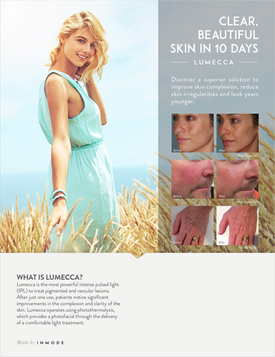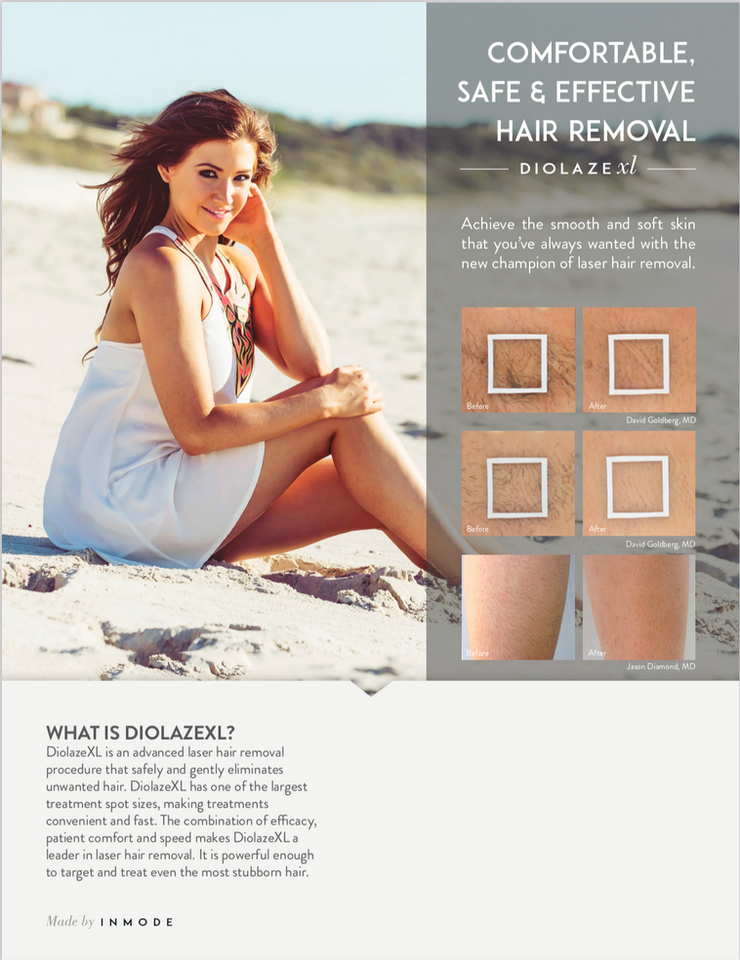Lasers are composed entirely of energy.
A chromophore is a molecule, which absorbs certain wavelengths of light and transmits or reflects others. Skin has three chromophores, which absorb photons and mediate the effects of laser treatments: melanin used to treat pigmented lesions and hair removal, hemoglobin used to treat blood vessel conditions and water used for skin ablation.
Lasers use ‘Photothermolysis’ is defined as the use of laser light to produce heat damage. It is a method of precisely destroying a target while sparing surrounding tissue.
In reality, perfect selectivity is never achieved, as some collateral absorption is unavoidable. Cooling is a crucial safety mechanism used to protect non-target structures. It allows photothermolysis in the target while keeping competing chromophores and tissue at a safe temperature. It also provides pain relief.
MORPHEUS 8
This treatment uses energy in the form of RadioFrequency, not light! This is Electromagnetic Technology which heats the skin. Morpheus delivers it deep with needles causing minimal damage to the skin surface.
Tixel
This treatment uses pure heat to make holes in your skin, which then heal with collagen production causing skin tightening and lifting eye lids etc. As it does not use needles or light, it is very safe around the eyes and lips. It can also be used in people with light sensitive skin conditions such as lupus.
Skin Differences between Caucasians, Asians and Africans
Skin melanin distribution differ between patients Caucasians, Asians and darker-skinned individuals. In Asian, there is an elevated level of melanin in the epidermis, more dispersed and larger melanosomes that are distributed in the keratinocytes widely, as well as more reactive melanocyte and fibroblasts.
In addition, the prevalence of keloid scars is also higher in Asians than Caucasians, though African’s is still the highest among all races.
The reason is that the fibroblasts darker-skinned individuals are more active.
When it comes to treating Asians or darker-skinned patients with laser and IPL, we use a more conservative setting, so as to reduce the risk of keloid and hypertrophic scars formation secondary to iatrogenic epidermal/dermal injuries.



